The goat is both a phallic symbol and also an emblem of courage or aspiration because of its surefootedness and ability to scale the loftiest peaks. To the alchemists the goat’s head was the symbol of sulphur. The practice among the ancient Jews of choosing a scapegoat upon which to heap the sins of mankind is merely an allegorical
THE SACRED BULL, OR APIS.
From Kircher’s Sphinx Mystagoga. The importance of the bull as the symbol of the sun at the vernal equinox is discussed in the chapter on The Zodiac and Its Signs. The bull and the ox are ancient emblems of the element of earth–consequently of the planet itself. They also signify the animal nature of man, and for this reason were sacrificed upon the altars of such ancient Mysteries as the Jewish and Druidic. Plutarch wrote: “The Apis ought to be regarded by us, as a fair and beautiful image of the soul of Osiris.” Osiris represents the spiritual nature of the lower world which is murdered and distributed throughout the substance of the physical spheres; Apis is the emblem of the material world within which is the spiritual nature–Osiris. The Apis is also the symbol of the exoteric (or profane) doctrine, in contradistinction to the esoteric (or divine) teachings represented by the uræus worn upon the foreheads of the priests. Front this is derived the mythological allegory of Serapis, who in a certain sense is not only the composite figure of Osiris and the lower world in which he is incarnated but also of the Mysteries, which are the terrestrial bodies containing the secret teachings, or the spiritual soul.
p. 92
depiction of the Sun Man who is the scapegoat of the world and upon whom are cast the sins of the twelve houses (tribes) of the celestial universe. Truth is the Divine Lamb worshiped throughout pagandom and slain for the sins of the world, and since the dawn of time the Savior Gods of all religions have been personifications of this Truth. The Golden Fleece sought by Jason and his Argonauts is the Celestial Lamb–the spiritual and intellectual sun. The secret doctrine is also typified by the Golden Fleece–the wool of the Divine Life, the rays of the Sun of Truth. Suidas declares the Golden Fleece to have been in reality a book, written upon skin, which contained the formulæ for the production of gold by means of chemistry. The Mysteries were institutions erected for the transmutation of base ignorance into precious illumination. The dragon of ignorance was the terrible creature set to guard the Golden Fleece, and represents the darkness of the old year which battles with the sun at the time of its equinoctial passage.
Deer were sacred in the Bacchic Mysteries of the Greeks; the Bacchantes were often clothed in fawnskins. Deer were associated with the worship of the moon goddess and the Bacchic orgies were usually conducted at night. The grace and speed of this animal caused it to be accepted as the proper symbol of esthetic abandon. Deer were objects of veneration with many nations. In Japan, herds of them are still maintained in connection with the temples.
The wolf is usually associated with the principle of evil, because of the mournful discordance of its howl and the viciousness of its nature. In Scandinavian mythology the Fenris Wolf was one of the sons of Loki, the infernal god of the fires. With the temple of Asgard in flames about them, the gods under the command of Odin fought their last great battle against the chaotic forces of evil. With frothing jowls the Fenris Wolf devoured Odin, the Father of the Gods, and thus destroyed the Odinic universe. Here the Fenris Wolf represents those mindless powers of Nature that overthrew the primitive creation.
The unicorn, or monoceros, was a most curious creation of the ancient initiates. It is described by Thomas Boreman as “a beast, which though doubted of by many writers, yet is by others thus described: He has but one horn, and that an exceedingly rich one, growing out of the middle of his forehead. His head resembles an hart’s, his feet an elephant’s, his tail a boar’s, and the rest of his body an horse’s. The horn is about a foot and half in length. His voice is like the lowing of an ox. His mane and hair are of a yellowish colour. His horn is as hard as iron, and as rough as any file, twisted or curled, like a flaming sword; very straight, sharp, and every where black, excepting the point. Great virtues are attributed to it, in expelling of poison and curing of several diseases. He is not a beast of prey. ” (See Redgrove’s Bygone Beliefs.)

Moe is the founder of GnosticWarrior.com. He is a father, husband, author, martial arts black belt, and an expert in Gnosticism, the occult, and esotericism.


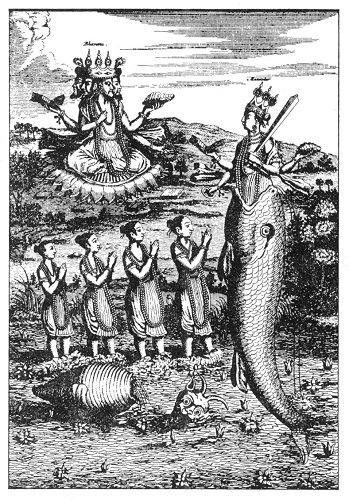
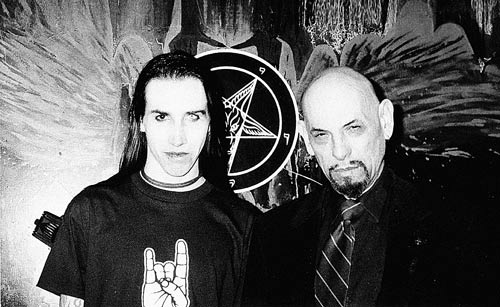

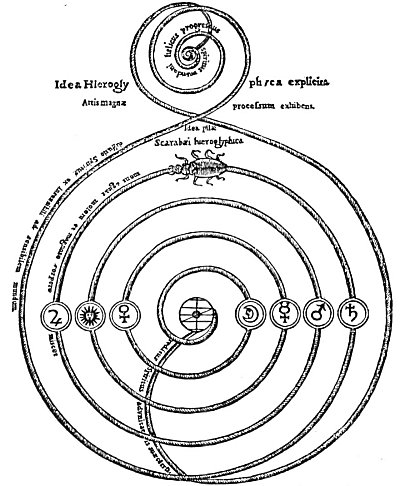
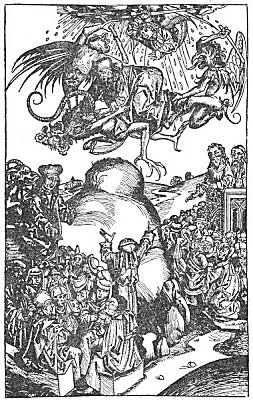
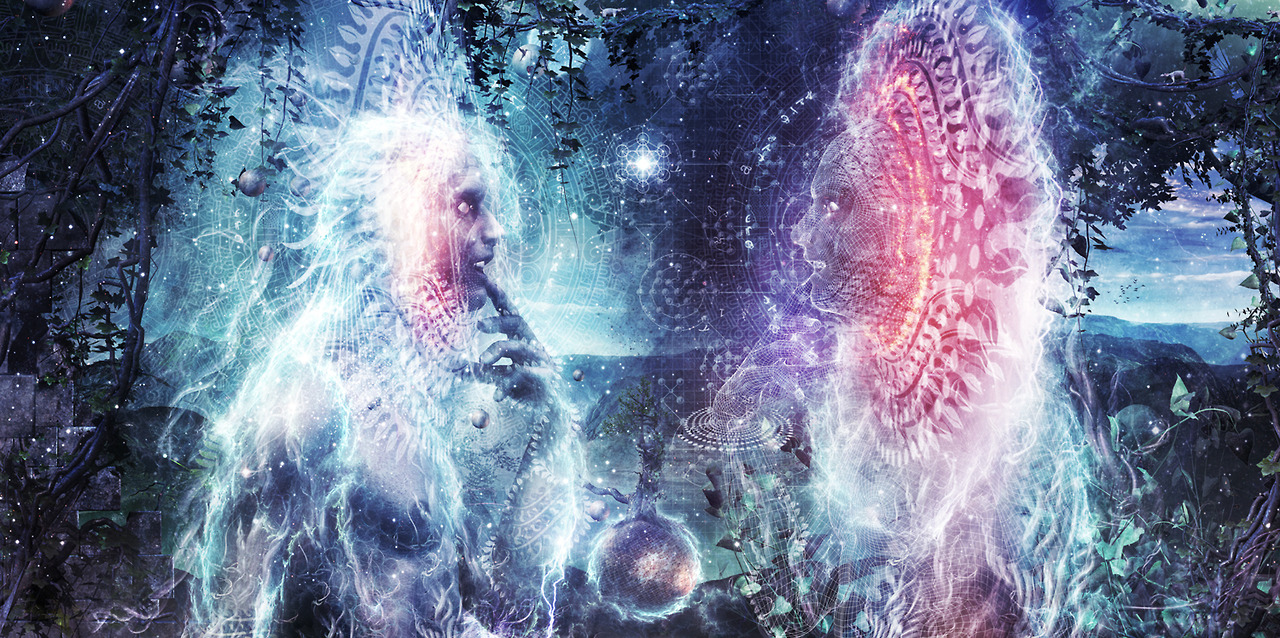
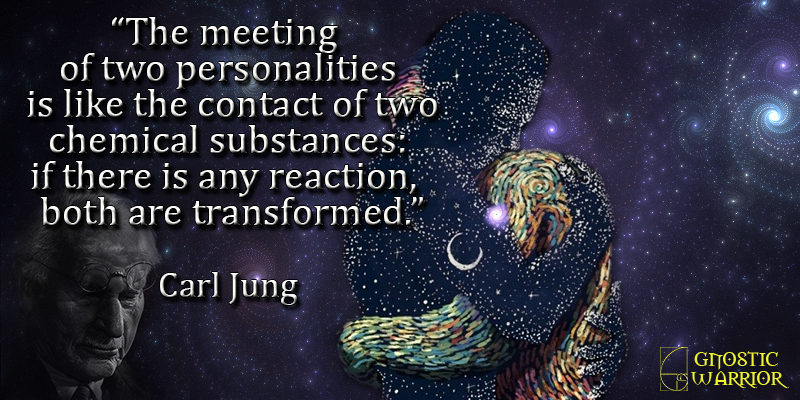
![How the Isle of Wight received Christian inhabitants, and two royal youths of that island were killed immediately after Baptism [686 A. D.] | Book 4 | Chapter 16 How the Isle of Wight received Christian inhabitants, and two royal youths of that island were killed immediately after Baptism [686 A. D.] | Book 4 | Chapter 16](https://www.gnosticwarrior.com/wp-content/plugins/contextual-related-posts/default.png)